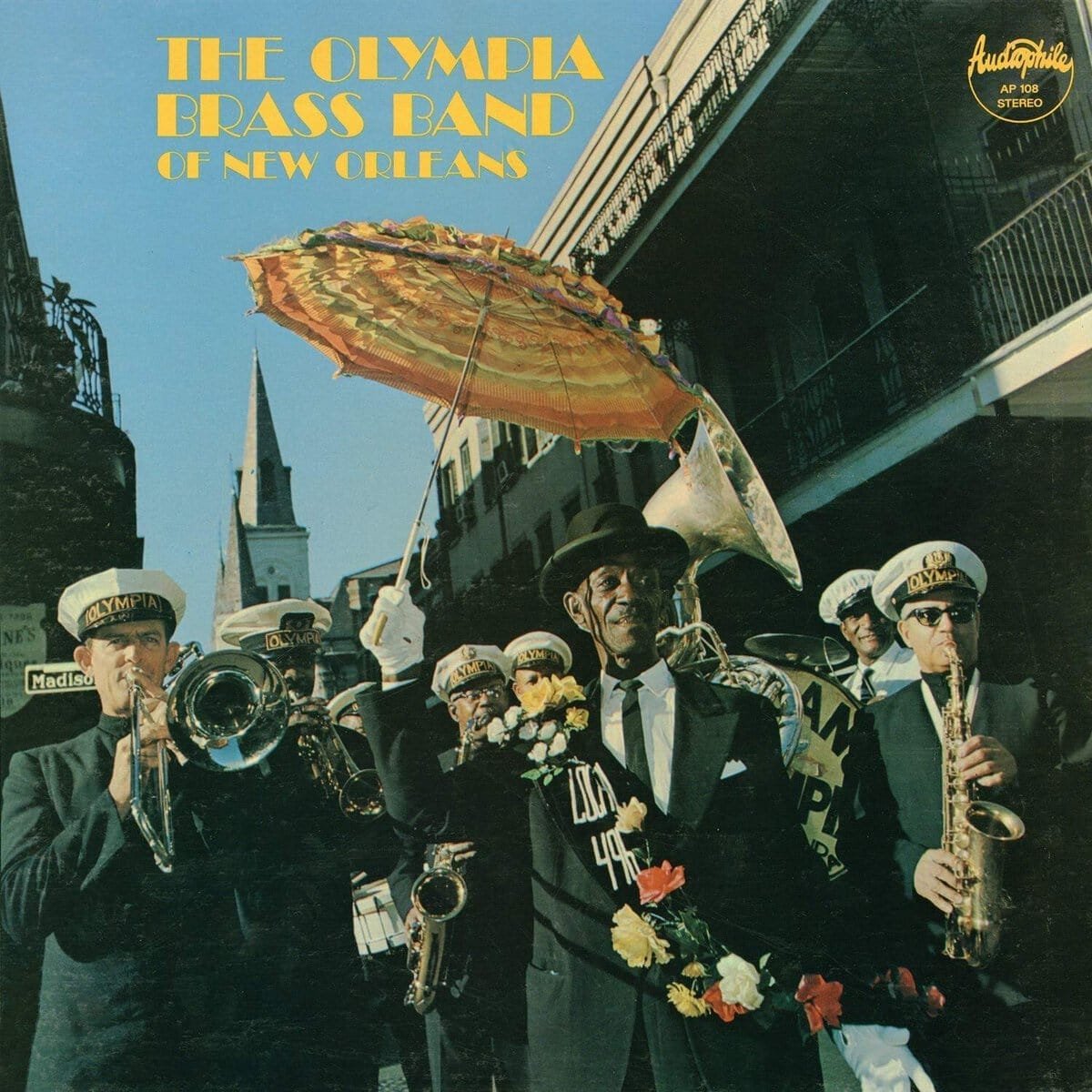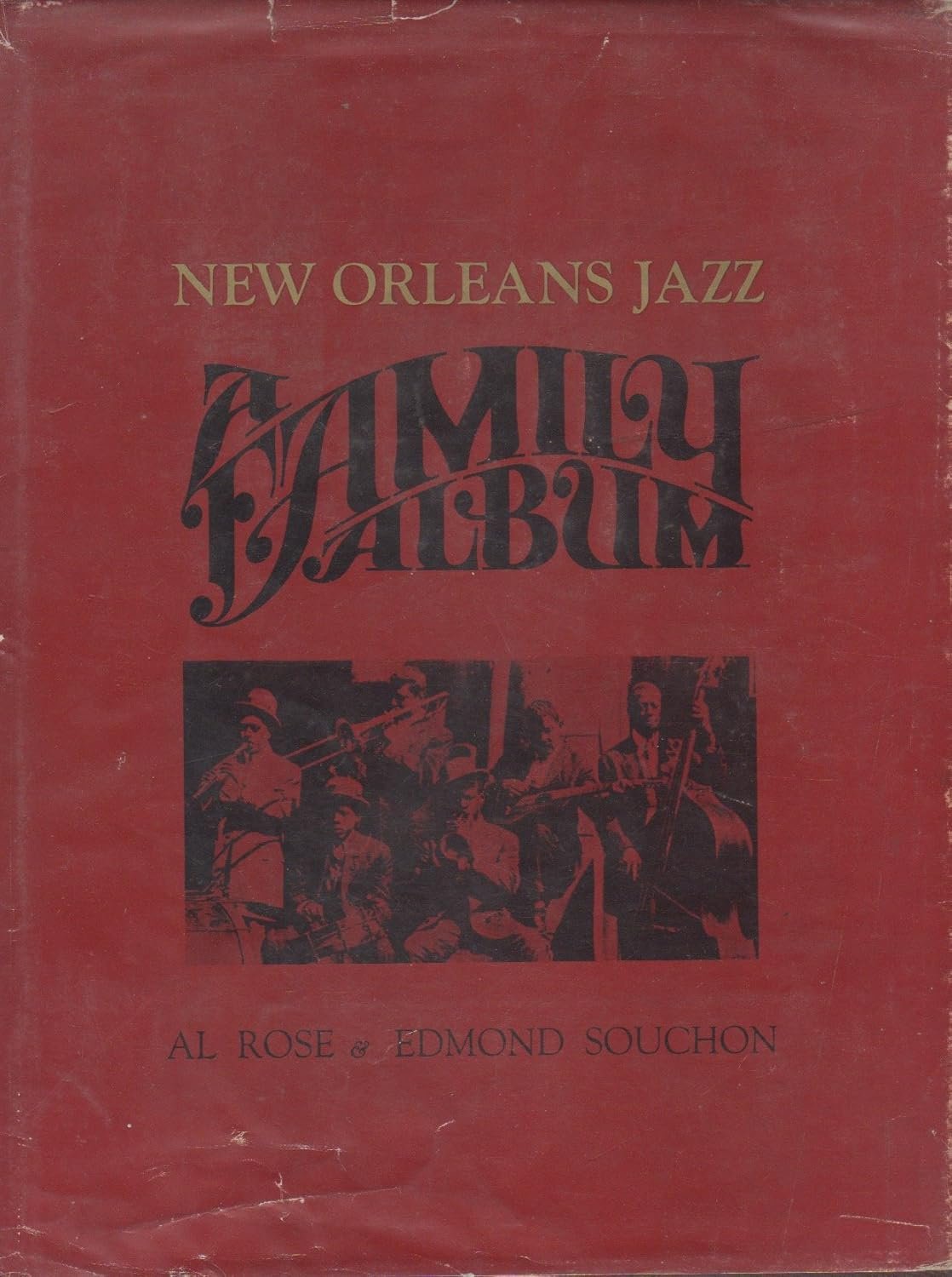You know, if you've ever felt like dancing with wild abandon while honoring someone, then New Orleans' Second Lines are just your jam! Born in the late 1800s, these lively parades mix joy and sorrow, creating a celebration that's got more groove than your uncle's questionable dance moves at family weddings. Imagine this: vibrant costumes, brass bands, and participants swaying with bright handkerchiefs, all while paying tribute to lost loved ones. It's a beautiful mess of emotions, laughter, and a dash of history. Stick around, and you'll find out how these parades keep culture alive and kicking!
Key Takeaways
- Second lines originated in New Orleans, blending jazz funerals with vibrant community celebrations, symbolizing life and resilience.
- The parades feature brass bands playing lively jazz tunes, creating an irresistible atmosphere for dancing and celebration.
- Participants in second lines often wear colorful attire and wave handkerchiefs, enhancing the festive and joyful experience.
- Second lines have evolved musically, incorporating genres like hip-hop and funk, reflecting New Orleans' diverse cultural landscape.
- Social media plays a crucial role in promoting second lines, increasing global interest and preserving this unique cultural tradition.
History of Second Lines
Second lines have deep roots in New Orleans, emerging in the late 19th century within African-American communities. Imagine this: a lively parade, music pumping, people dancing, and you can't help but join in. That's the essence of a second line, which actually has a fascinating origin story.
Initially, these vibrant processions started as jazz funerals, a way to honor deceased community members while celebrating life. I mean, who thought mourning could turn into such a colorful dance party?
As these traditions grew, they became a cultural fusion of joy and sorrow, with neighborhood organizations leading the way to promote social aid for freed slaves. Who knew a funeral could be the highlight of the week?
Fast forward to today, thousands of second lines happen every year, especially during weddings and festivals.
And let's not forget the Mardi Gras Indians, strutting in their stunning costumes, reminding us of the rich cultural heritage that makes New Orleans so special.
Structure of a Second Line
The lively atmosphere of a second line is structured around two main components: the first line and the second line. The first line is where the magic starts, featuring the grand marshal, the band, and the honored individuals, like newlyweds.
Then, you've got the second line, filled with enthusiastic revelers, dancing and celebrating the procession dynamics. It's like a parade, but with way more jazz!
Here's what you need to know about it:
- Participant Attire: Expect brightly colored suits, which might make you feel underdressed if you don't step up your game.
- Handkerchiefs and Umbrellas: Participants often wave these around, adding flair and fun. Just don't get hit in the face!
- Brass Bands: They play lively tunes, making it impossible to resist busting a move, even if you haven't danced since the last wedding.
- Procession Routes: These often pass significant landmarks, soaking in the local culture—it's like a history lesson, but way more fun!
Second Lines for Weddings
Weddings in New Orleans come alive with the tradition of a second line, where newlyweds lead an exuberant procession from the ceremony to the reception. Envision this: you, decked out in your finest festive attire, feeling like the star of a parade, as you strut through the streets with your loved ones trailing behind.
It's a delightful chaos, and honestly, it's the closest most of us will get to being a celebrity!
These second lines aren't just a quirky wedding tradition; they symbolize new beginnings and community celebration. Everyone joins in, waving colorful handkerchiefs and twirling umbrellas, which adds to the lively atmosphere—trust me, it's hard not to smile while you're shimmying down the street.
And let's not forget the brass bands playing traditional New Orleans jazz music. If you don't dance, you might as well be a statue!
But remember, planning a second line requires a bit of coordination. You'll need to chat with local brass bands and secure permits.
It sounds complicated, but don't worry! In the end, you'll have an unforgettable experience that you—and your guests—will cherish forever.
Funeral Second Lines
Celebrating a life while saying goodbye, funeral second lines in New Orleans offer a unique blend of mourning and joy. You might think funerals are all about somber faces and quiet whispers, but here, you'll find a lively procession that's more like a parade than a wake.
Envision this: a hearse, a jazz band, and a crowd swaying to the rhythm of a musical tribute, all while honoring the dearly departed.
As you join in, you'll notice folks twirling handkerchiefs and umbrellas, embodying that beautiful mix of mourning joy. It's a communal experience, where laughter and tears collide, and you might even catch yourself smiling through the tears.
Here are some highlights of what to expect:
- A hearse transporting the beloved, with respect and flair.
- A jazz band playing uplifting tunes to celebrate life.
- Mourners dancing and twirling, embracing the rhythm of life.
- A vibrant atmosphere that creates a sense of togetherness.
Travel Information for Visitors
Experiencing a second line in New Orleans is a must for any visitor wanting to immerse themselves in the city's vibrant culture. Trust me, you don't want to miss this lively parade of music and joy, even if you think you can't dance!
The good news is that you can find plenty of accommodation options online to fit your budget, whether you're feeling fancy or just in need of a decent bed after a long day of partying.
While you're at it, don't forget to snag some visitor discounts—local businesses love to offer deals to help you enjoy the festivities! You can save a few bucks for that beignet you've been dreaming about.
And if you get lost in the excitement, no worries! Tourism resources are just a click away for those burning questions about second lines or any must-see events.
Plus, engage with other travelers and locals on social media using #VisitNewOrleans. You'll find that sharing your adventures is half the fun, and who knows, you might just inspire someone else to join in the dancing!
Cultural Significance of Second Lines
When you think about second lines in New Orleans, it's like witnessing a parade of joy wrapped in a heartfelt hug, where community resilience and celebration of life take center stage.
You can't help but feel the energy as people dance and play music, turning moments of sorrow into vibrant expressions of togetherness—it's basically a party where everyone's invited, even if you can't carry a tune.
Community Resilience and Identity
New Orleans' second line parades embody a vibrant tapestry of community resilience and identity, weaving together elements of mourning and celebration in a uniquely powerful way. You might think it's just a bunch of folks dancing down the street, but it's way deeper than that!
These parades honor the lives of those we've lost while reminding us to savor life. How's that for a mixed bag of emotions?
You see, second lines are rooted in African-American cultural heritage and have become a means of social support. They're not just parties; they're heartfelt gatherings that bring people together.
Here's what you gain from them:
- A sense of belonging that warms your heart
- Cultural pride that makes you want to shout, "Yes, I'm from New Orleans!"
- Connections across generations through music and dance
- A reminder of the city's enduring spirit, especially post-Katrina
Celebration of Life
The celebration of life during second line parades reveals the heart and soul of New Orleans culture, where joy and grief intertwine in a beautiful dance. Picture yourself among the crowd, twirling a colorful handkerchief, while the brass band plays a catchy tune that makes your feet tap uncontrollably. You can't help but smile, even if you just stepped on your friend's toe—sorry, buddy!
These joyful expressions aren't just for show; they're a way to honor those we've lost, turning sorrow into a spirited celebration.
Organized by Social Aid and Pleasure Clubs (SAPCs), these parades blend musical traditions that echo West African rhythms with jazz and R&B, creating a unique sound that fills the streets. You might even see someone break out into an impromptu dance, and trust me, you'll want to join in, even if your moves resemble a confused chicken.
Year-round, second lines mark everything from weddings to community events, strengthening bonds and reminding everyone that life, with all its ups and downs, should be celebrated. So, grab an umbrella, let the music guide you, and remember: it's all about embracing the rhythm of life!
Community Impact and Engagement
Second line parades in New Orleans act as vibrant threads weaving together the fabric of community engagement. You might think it's just a bunch of folks dancing down the street, but it's so much more!
These parades spark social cohesion and cultural exchange, bringing together diverse neighborhoods and creating a sense of belonging. You've got locals and tourists alike joining the celebration, making it a melting pot of joy.
Here's what makes second lines special:
- They support local musicians and artists, giving them a platform to shine.
- They boost the economy by attracting tourists, helping businesses along the parade routes thrive.
- Social Aid and Pleasure Clubs (SAPCs) organize these events, promoting community service and cultural preservation.
- They serve as a unique space for emotional expression, where you can honor ancestors and find communal healing.
Contemporary Evolution of Second Lines
As second line parades continue to thrive, they've evolved to embrace a broader range of musical styles, moving beyond traditional jazz to include genres like hip-hop, funk, and R&B. You might think, "What's next, a marching band playing pop hits?" Well, don't rule it out! This musical diversity reflects New Orleans' changing vibe, making these parades more appealing to everyone, not just jazz aficionados.
Thanks to social media, you can now share your second line adventures with the world—who knew your dance moves could go viral? You'll find people capturing the joy of the parades in real-time, creating a global celebration of this unique tradition.
Community organizations are getting in on the action too, weaving contemporary social issues into their events, making it a blend of activism and tradition.
And let's not forget the economic boost these events bring! Tourists flock to witness the magic, supporting local businesses and the hospitality industry along the parade routes.
Conclusion
So, whether you're dancing your heart out at a wedding second line or solemnly swaying behind a jazz funeral, you're part of something bigger—like a giant gumbo of music, memory, and community spirit. Honestly, if I tried to dance like that at my cousin's wedding, I'd probably trip over my own feet and end up in the punch bowl! But hey, it's all about the joy and connection, right? Just remember to let the rhythm guide you—awkward moves and all!


